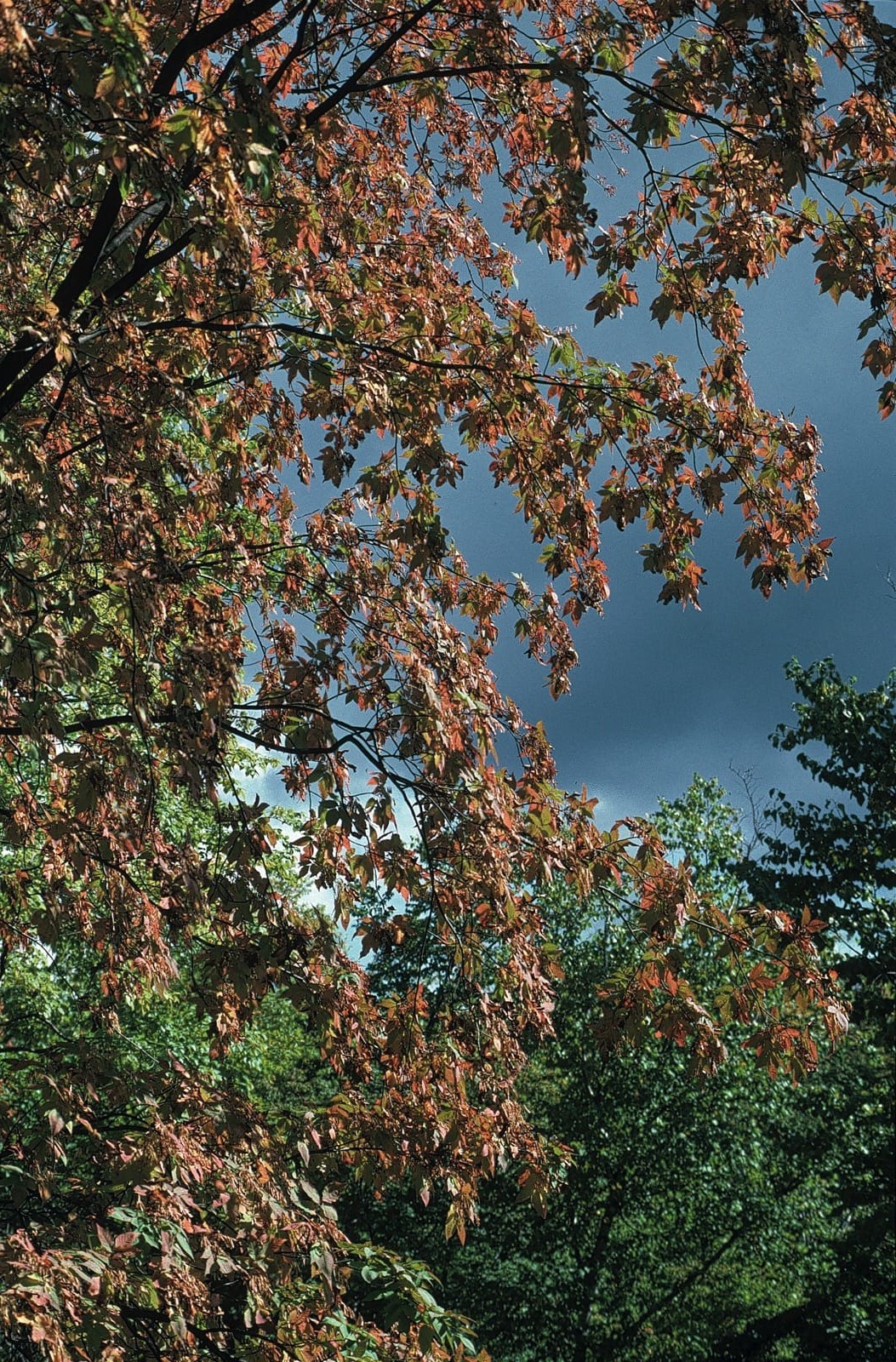Fraxinus lanuginosa
Credits
Article from New Trees by John Grimshaw & Ross Bayton
Recommended citation
'Fraxinus lanuginosa' from the website Trees and Shrubs Online (treesandshrubsonline.
Genus
Other taxa in genus
- Fraxinus americana
- Fraxinus angustifolia
- Fraxinus anomala
- Fraxinus biltmoreana
- Fraxinus bungeana
- Fraxinus caroliniana
- Fraxinus chinensis
- Fraxinus cuspidata
- Fraxinus dipetala
- Fraxinus elonza
- Fraxinus excelsior
- Fraxinus floribunda
- Fraxinus griffithii
- Fraxinus holotricha
- Fraxinus latifolia
- Fraxinus longicuspis
- Fraxinus mandshurica
- Fraxinus mariesii
- Fraxinus nigra
- Fraxinus obliqua
- Fraxinus ornus
- Fraxinus oxycarpa
- Fraxinus pallisiae
- Fraxinus paxiana
- Fraxinus pennsylvanica
- Fraxinus platypoda
- Fraxinus pubinervis
- Fraxinus quadrangulata
- Fraxinus rotundifolia
- Fraxinus sieboldiana
- Fraxinus sogdiana
- Fraxinus spaethiana
- Fraxinus syriaca
- Fraxinus texensis
- Fraxinus tomentosa
- Fraxinus 'Veltheimii'
- Fraxinus velutina
- Fraxinus xanthoxyloides
Tree 5–15 m, with wide-spreading branches. Branchlets greyish brown and glabrous below, though usually pubescent above; buds smooth or hairy. Leaves deciduous, imparipinnate, 9–20 cm long; leaflets five to seven, ovate to oblong, 3–10 × 1.5–5 cm, pubescent, five to eight secondary veins on each side of the midrib, margins regularly serrate, apex acute to attenuate; leaflets almost sessile or with petiolules 0.5–2 cm long (apical leaflet); petiole 2–8 cm long, pubescent. Polygamous; inflorescences paniculate, terminal or axillary on current growth, 5–10 cm long. Flowers opening in spring as leaves unfurl; staminate flowers congested, calyx absent, corolla with four small white petals; hermaphrodite flowers lax, calyx small and irregularly dentate, corolla as in staminate flowers. Fruit an oblanceolate samara, 1.8–2.5 × 0.3–0.5 cm. Flowering May to June (Japan). Ohwi 1965. Distribution JAPAN: Hokkaido, Honshu, Kuril Is., Kyushu, Shikoku. Habitat Deciduous forest between 700 and 1800 m asl. USDA Hardiness Zone 6. Conservation status Not evaluated. Illustration NT374, NT377. Cross-references B227, K91. Taxonomic note Typical F. lanuginosa is restricted to central and northern Honshu. Var. serrata (Nakai) Hara, which can be distinguished by the glabrous or sparsely hairy buds and glabrous branchlets, is more widespread.
Several recent expeditions have introduced Fraxinus lanuginosa, mainly from collections made in Hokkaido (for example, W&H 483 in 1989, EHOK 112 in 1997). The plants show considerable variation in pubescence characters, and distinctions between varieties that rely on these features should be viewed with caution. The young shoots can be either almost glabrous, or densely pubescent as in one specimen at Edinburgh from W&H 483, on which the hairs are retained for several years, giving the 8 m tree a very distinctive look. On other trees the (less hairy) shoots, young leaves and fruits are tinged purple. The mature leaves are usually a pale mid-green but when heat-stressed, as at Quarryhill, they become purplish, and the field notes for EHOK 112 indicate that the autumn colour can also be purple, when the straw-coloured bunches of keys form a pleasing contrast. It can be a big tree – 15 m tall with a branch-spread of 12 m in the case of the parent of the EHOK 112 collection – but young trees seem to be quite slow-growing, at least in some locations.

